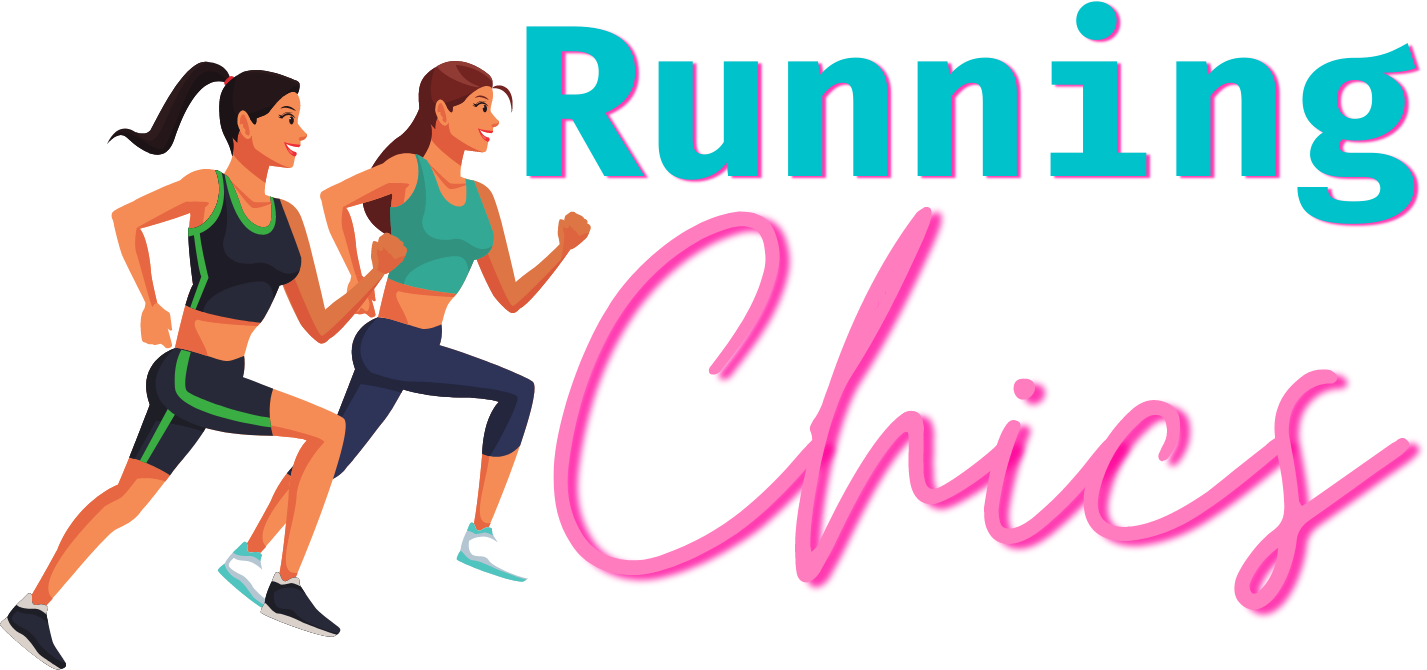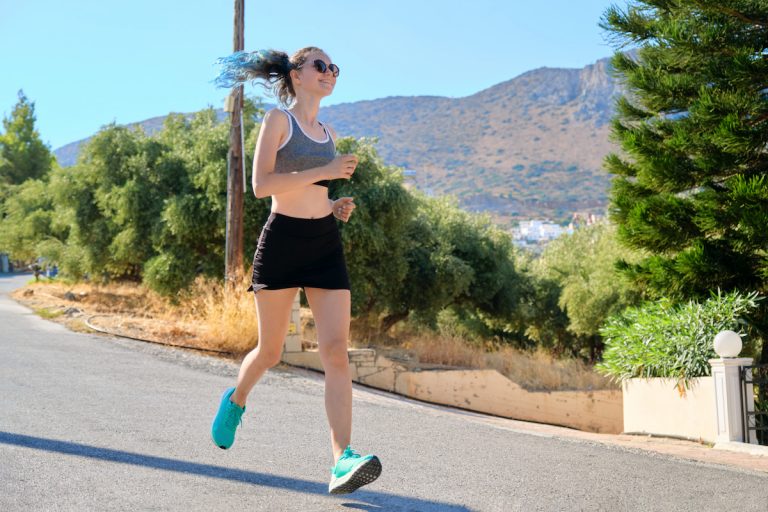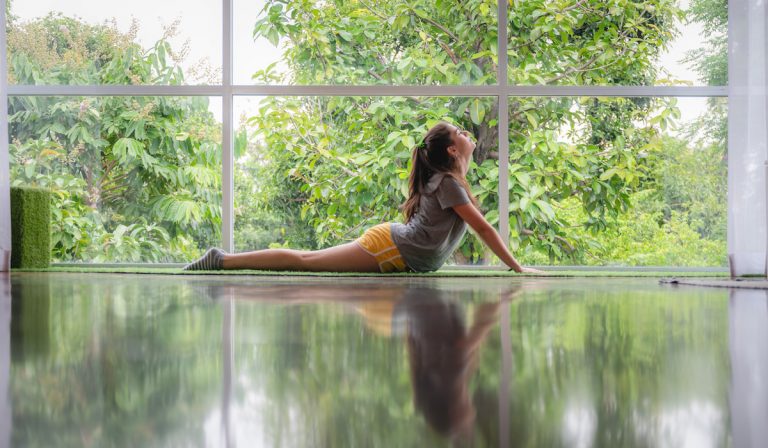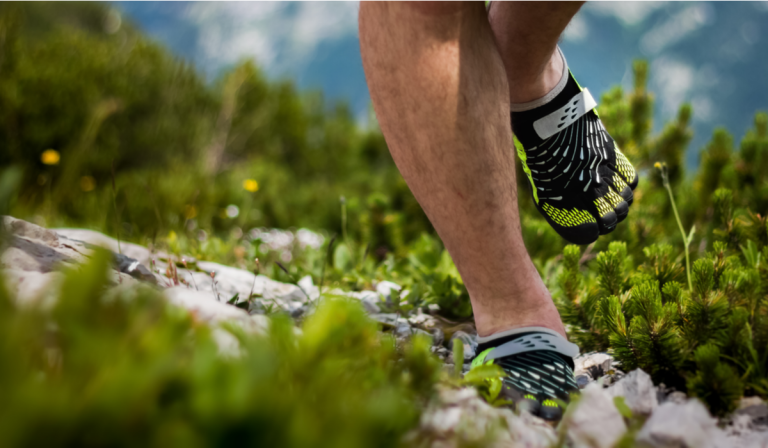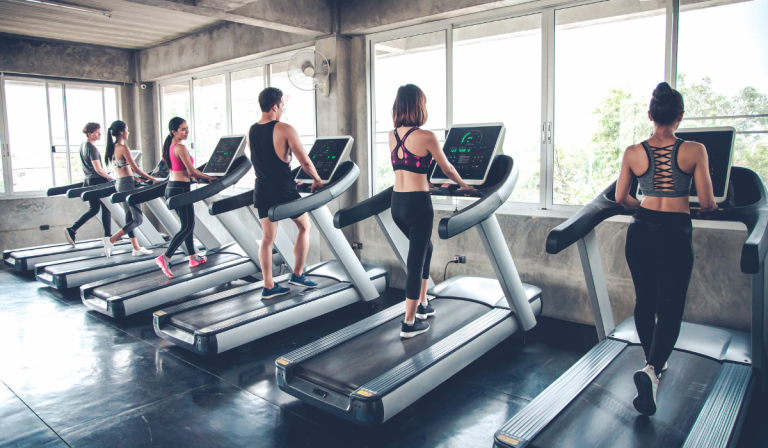Should I Run With Tight Calves?
Contrary to popular belief, running is one of the most addictive hobbies a person can have.
That incredible rush that washes over you after a hard-fought jog is second to few activities when it comes to the accomplishment you feel.
So when you are getting ready to go on your daily dopamine fix and your calves feel like they are strung extra tight, should you still run?
You can run with tight calves as long as you stretch beforehand and as long as the tightness doesn’t increase. If you notice the tightness growing worse, you may want to take a few days off to allow your muscles to recover.
Tight calf muscles happen for various reasons. So relax that aching calf and read on to learn how you can get back in peak physical shape without taking weeks off of your rigid workout routine!

Reasons For Tight Calves and How To Fix Them
The body isn’t always the simplest thing to figure out, and just because our arm is hurting doesn’t always mean the root cause is located directly where the pain resides.
So when considering calf tightness, we have to consider a number of different reasons that could explain why your legs feel like someone knotted the muscles together.
If any of the following ring true to you, it may be time to switch up a few things in your routine to better look after your lower legs.
Poor Hydration
Poor hydration can be especially true for those in warm, arid climates.
Fifty percent of adults in the United States are not getting the recommended amount of daily water, which can lead to muscle tightness, not just in your calves but all over.
This effect is worse if you are an active person, as you will sweat out quite a bit of your body’s water storage throughout the day.

It is recommended that people drink an average of 64 ounces of water a day. If you are dripping with sweat from a particularly intense workout, you may want to drink even more.
Drinking more water can also help maintain joint lubrication, as well as increase the quality of your sleep and your overall mood.
Not Stretching Enough
I think most people have been guilty of this at one point or another.
You had a rough day, you get home, and you know the best way to get over it is by jogging off those angry feelings. By the time your car has turned off, you are halfway down the block in your joggers with an intense look on your face.
You should stretch prior to running — especially when you notice a lingering twinge inside a muscle. In fact, it’s recommended that we stretch both before a workout and after one, even if the post-workout is walking out your legs for a couple of minutes.
Stretches that activate your calves will be essential to working out the tightness you are feeling when walking around.
Some people like using a tennis ball while stretching to help put pressure on the tight spot in your calf by placing the ball underneath it.
You Need Better Shoes
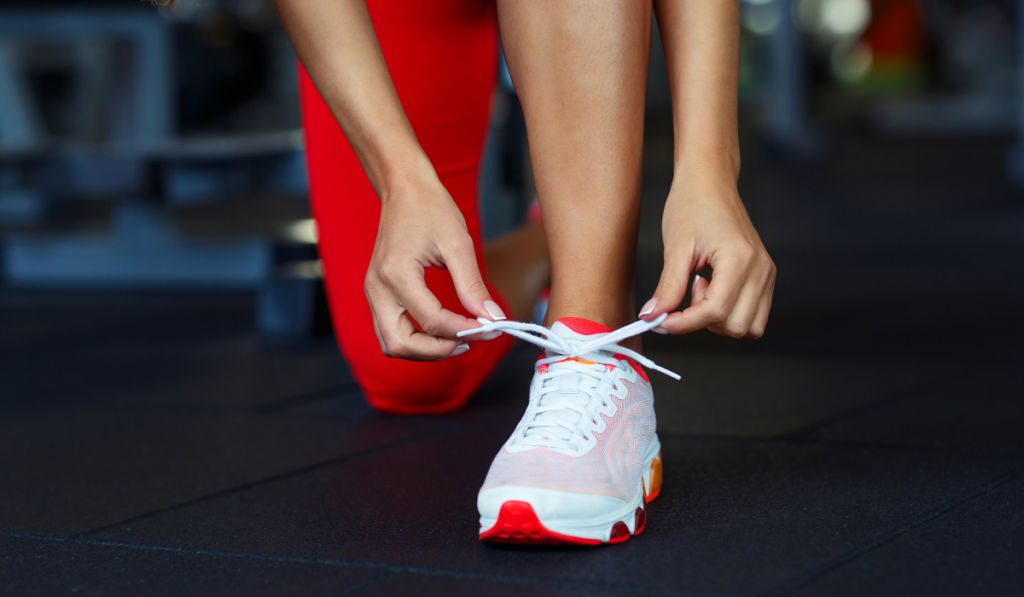
The human body is a weird contraption, and the nuts and bolts don’t always make a whole lot of sense.
Sometimes, when we have a strained calf muscle, the problem may reside lower on the leg.
If you have found that your once reliable set of running sneakers has recently felt awkward or unsupportive, you will probably need to purchase a newer pair.
Another reason could be switching to a newer shoe that your foot hasn’t properly gotten used to or broken in.
Don’t be afraid to try a few pairs until you find one that works. The human foot comes in several shapes and sizes; no one pair of Nikes is the perfect fit for every foot.
If you find that switching shoes helps alleviate the problem, you may need to look into replacing running shoes a bit more frequently or getting a more dependable pair.

You Have Switched to Incline Running
This is not always the most straightforward problem to figure out. As runners, we vary from treadmill to track to sidewalks, and we don’t always pay attention to the different terrain when we alternate.
If you have recently begun jogging in an area with a higher incline than you are used to, the stress will be felt most acutely in your calf muscles.
By putting more emphasis on your glutes (buttocks) and less on your calf muscles, you may find it far easier to get used to more difficult inclines without having your lower leg pay the price.
It could also be beneficial to take a good look at your form when you are running.
Poor form can definitely make you pay, especially on an uphill jog where most of the pressure hits your calves.
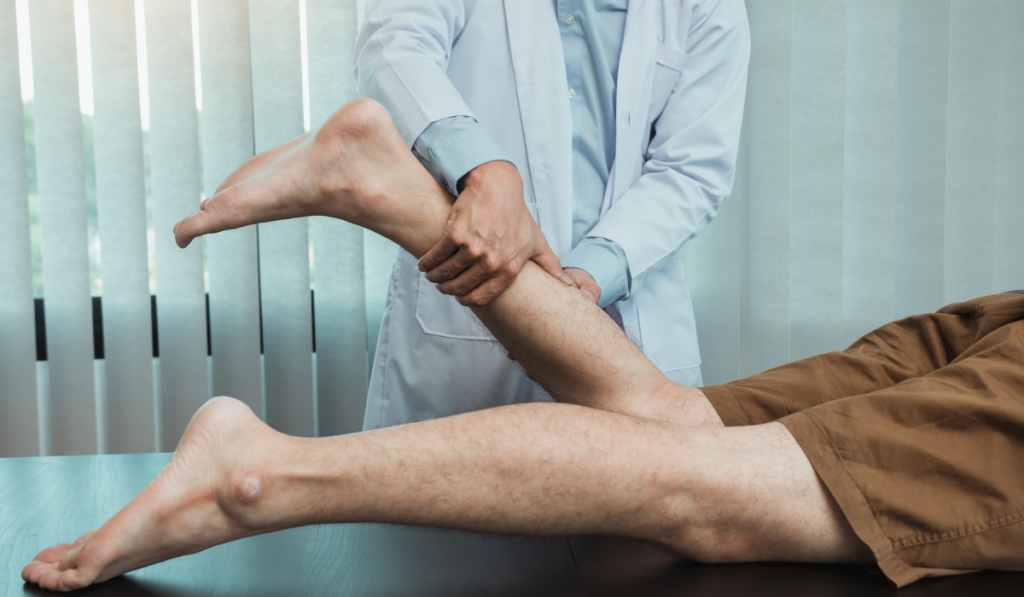
If All Else Fails, See a Doctor
If you try the other methods and have no success or begin to notice discoloration, swelling, numbness, or increasing pain, see a local doctor.
At the end of the day, there is no one better qualified or more well-informed than a physician, and if you are seriously concerned about the wellbeing of your calf, you owe it to yourself to seek medical help.
Conclusion
If there is a bigger bummer than an injury when all you want to do is work out, I’ve yet to discover it. Thankfully, we live at a time when there is an overwhelming ocean of information for you to look through to treat your issues.
By looking through these reasons and working diligently through the solutions, you will be able to treat what’s ailing your cramped calf muscle!
